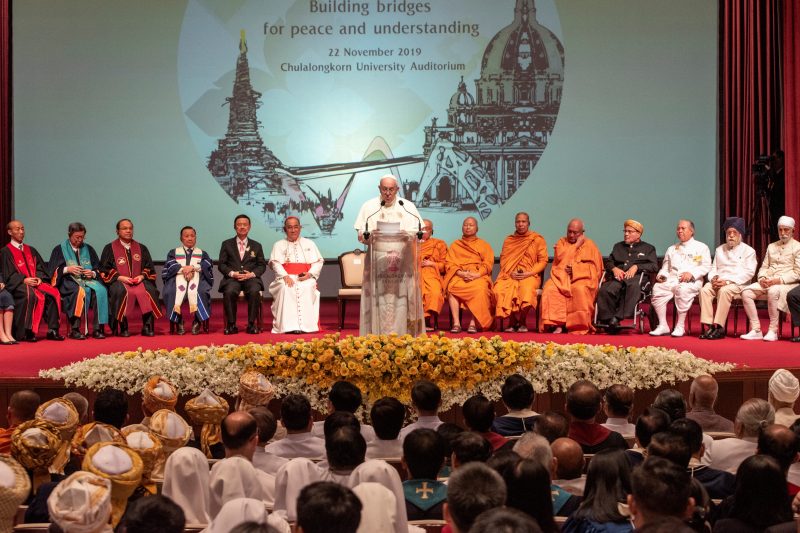Mycorrhizal technology for creative reforestation and sustainable wildfire suppression for reforestation
Photo by Brian Garrity on Unsplash
According to a survey conducted in 2021, forests covered only 31.59% of the total land area in Thailand. The decrease in forest areas is primarily due to wildfires, deforestation for agricultural purposes, and illegal logging. Additionally, the remaining forest areas are under threat from various factors such as droughts and illegal forest burning, which not only reduce forest areas but also harm the health of the local population living in those regions. Over the past few years, forest conservation in Thailand has had to combat the belief that forest burning leads to the growth of edible mushrooms that can be sold for income, leading to illegal forest burning to collect mushrooms. Restoring denuded forest areas from burning is more challenging than restoring forests affected by other causes because microorganisms, nutrients, and soil moisture are also destroyed in the process.
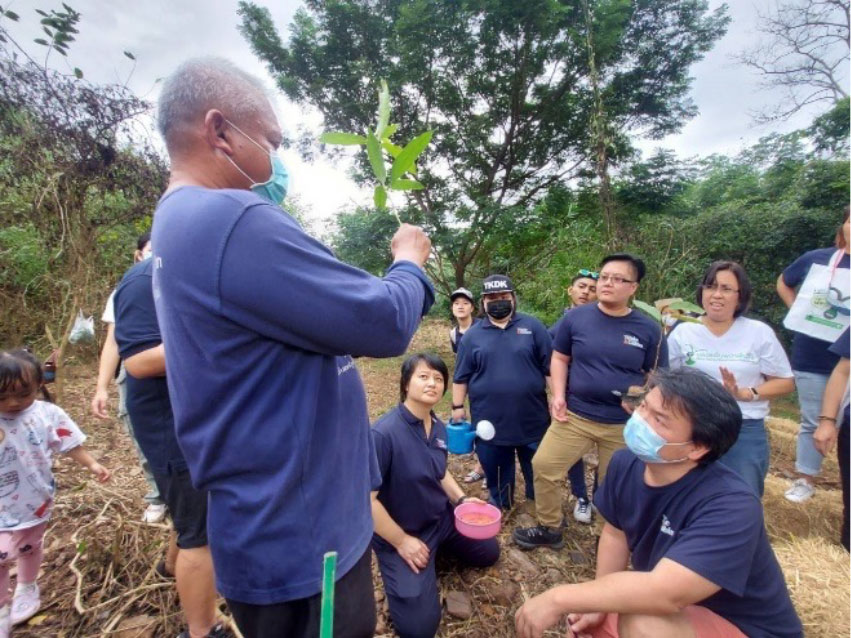
The first crucial step in successful forest restoration is soil remediation and restoration. Researchers from the Department of Botany at Chulalongkorn University conducted experiments by mixing mycorrhizal fungi and local microorganisms with soil and native plants in the watershed areas of Nan and Saraburi Provinces. This strategy was used to plant trees on 3,000 rai (approximately 1,200 acres). Additionally, the project provides knowledge and promotes the involvement of local communities in forest conservation through workshops, practical training, and the use of mycorrhizal technology. In addition to helping with community forest restoration, it has also yielded edible mushrooms that can be used as food and increase income for the local communities.”
In the past decade, the project involving mycorrhizal fungi for forest restoration has expanded to include 10 community forests within Thailand and one in Laos. This expansion has been supported by non-profit organization “Mushroom Initiative Limited” from Hong Kong, the Association of Recipients of the Ananda Mahidol Foundation, and the Department of National Parks, Wildlife, and Plant Conservation. The project has successfully restored community forests in various areas, adapting to their specific conditions. Furthermore, Chulalongkorn University has collaborated with the Ministry of Natural Resources and Environment and the Center for Sufficiency Economy in the Northeastern Region to utilize mycorrhizal technology in forest restoration. This has reduced the time required for tree planting from 40 years to 30 years.

Currently, Chulalongkorn University is implementing the project “Using Mycorrhiza to Enhance Local Forest Restoration Efficiency in Thailand.” This project aims to restore community forests that have been degraded. Mycorrhiza is a type of mutualistic relationship between fungi and host plants, in which the plants provide the carbon source they synthesize from photosynthesis to the fungi. In return, the fungi help the plants by enhancing the absorption of water and minerals from the soil. Mycorrhizal fungi play a vital role in nutrient cycling within forest ecosystems and form an extensive underground network that connects host plants, facilitating the exchange of nutrients and compounds. This network is often referred to as the “Wood Wide Web.”
In the context of forest restoration, the use of beneficial soil microorganisms like mycorrhizal fungi is crucial for the successful establishment of the forest. The project has restored community forests in two main ways:
1. The continuous inoculation of mycorrhizal fungi into community forests is part of the “Integrative project of using Astraeus odoratus to restore forests and reduce PM 2.5 caused by forest floor burning in the area of Mae Ping National Park boundary, Lamphun Province.” This project received support from the National Research Council in collaboration with the Association of Recipients of the Ananda Mahidol Foundation and Mae Ping National Park in the year 2021. In this project, mycorrhizal fungi were inoculated to community forests that had been degraded in the areas of Kao Thung and Mae Lan, both of which previously consisted of enormous large trees in forests but had suffered from recurrent forest fires over the years. These fires led to the degradation of the ecosystem, the loss of soil fertility, and microorganisms, resulting in the absence of wild edible mushrooms in the area for a long time.
To address this issue, the project monthly inoculated mycorrhizal fungi near host plants. This continued practice resulted in the occurrence of Astraeus odoratus mushrooms, which signifies the restoration of the community forest and serves as an example of successful community forest management for the local residents in the area. This project showcases the potential for sustainable forest restoration and how the introduction of mycorrhizal fungi can contribute to ecosystem recovery.
2. The project “Forest Restoration through Native Tree Planting with Mycorrhizal Fungi” is a collaborative effort between the Native Species Reforestation Foundation, the local community, the Department of Forestry, and private organizations such as Tilleke & Gibbins International Limited. This initiative focuses on reestablishing community forests in Ban Tham Nam Phu, Tambon Thap Kwang, Amphoe Kaeng Khoi, Saraburi Province, which serves as a critical link between the watershed forest, namely Thap Kwang – Muek Lek Reserved Forest, and the Mae Nam Pha Sak River. However, this area has been subjected to resource extraction and infrastructure development for several decades, leading to the inability of the community forests to naturally regenerate.
The project has been ongoing since 2022 and involves various activities, starting with land preparation and soil improvement. The approach includes the intensive transplantation of native tree seedlings, encompassing 24 species such as Pterocarpus macrocarpus, Afzelia xylocarpa, and Holarrhena pubescens, as well as host plants for mycorrhizal fungi like Dipterocarpus tuberculatus, Shorea obtusa, and Pentacme siamensis. Additionally, the project has inoculated mycorrhizal fungi and provided proper care after planting, including watering and weed control. Local community members have been employed for these activities, and knowledge about forest management and conservation has been transferred to the community.

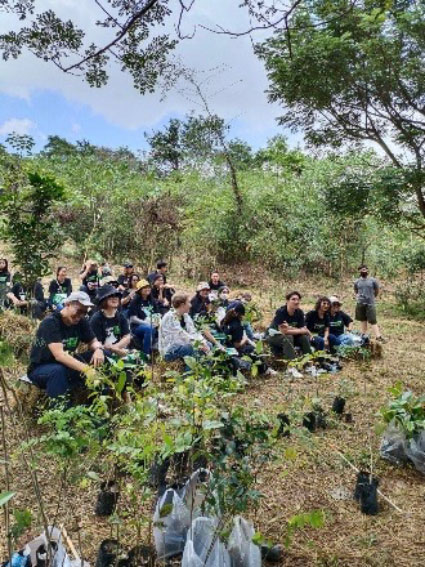
The survival rate of the transplanted tree seedlings has reached 100%, and in 2023, understory plants, including six useful herbs such as Andrographis paniculata, Curcuma sessilis, and Curcuma longa, were planted based on local community preferences. The spontaneous regeneration of some native tree species was observed in the area, along with the emergence of wild mushrooms. These positive signs demonstrate the ongoing restoration of the community forest ecosystem.”
Furthermore, this knowledge and experience, spanning over 20 years, have been disseminated to students at Chulalongkorn University through the course “Thai Native Reforestation” (2305160). All students from various faculties of the university have been able to enroll in the course since 2019 (2022 in the Gregorian calendar). As of now, 11 generations of students, totaling approximately 460 individuals, have completed this course. Furthermore, the “Planting Native Trees in Schools” project, which collaborated with the Native Species Reforestation Foundation, has been designed to educate both students and teachers from various schools in different provinces. These educational efforts have played a significant role in raising awareness and building expertise in local forest restoration and conservation.
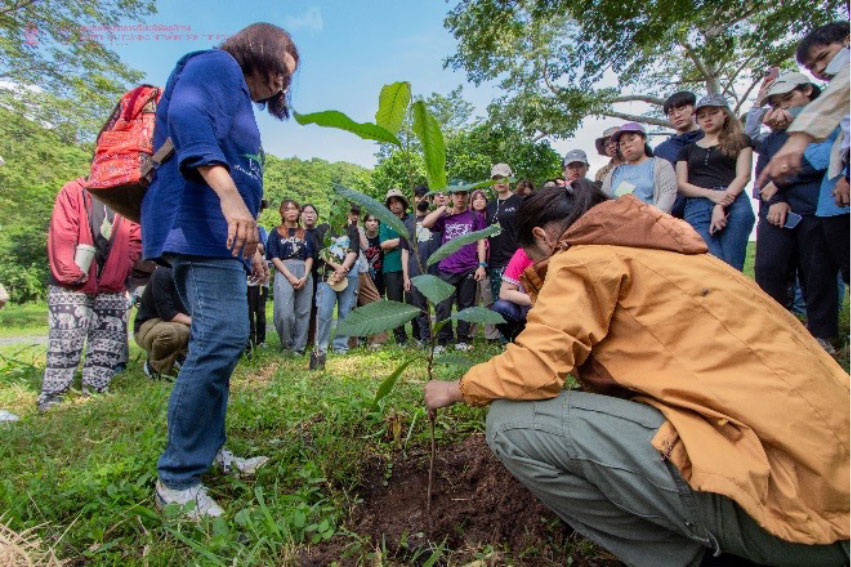
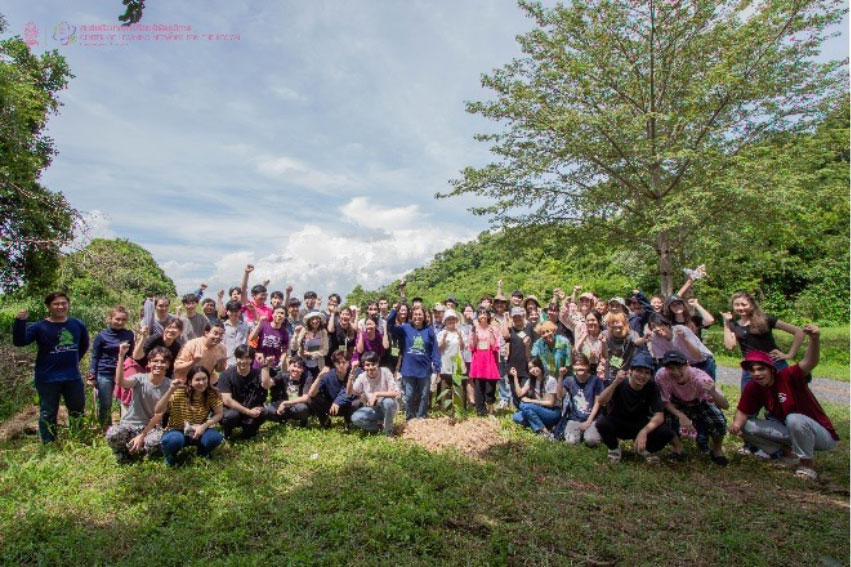


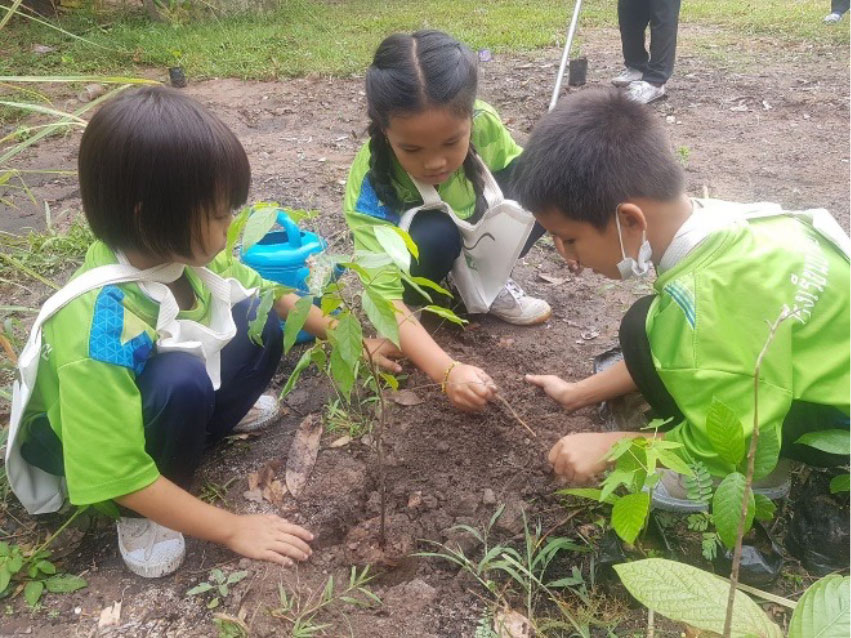

Chulalongkorn University, in collaboration with various organizations, has been working to restore damaged forest areas using mycorrhizal technology. These efforts aim to rehabilitate forest areas that have suffered, reduce illegal forest burning, and promote sustainable coexistence between communities and forests. The application of this technology has the potential for global use in restoring degraded forest areas.
Moreover, the dissemination of knowledge about mycorrhizal fungi for tree planting is essential for achieving the goals of Thailand’s 20-Year National Strategy. This strategy includes a focus on carbon neutrality and reducing greenhouse gas emissions, making it central to addressing climate change and environmental sustainability.
These collective efforts underscore the university’s commitment to environmental conservation, ecological restoration, and the promotion of sustainable practices that align with broader national and global environmental goals.
BY
Faculty of Science, Chulalongkorn University
Related SDGs
Others




